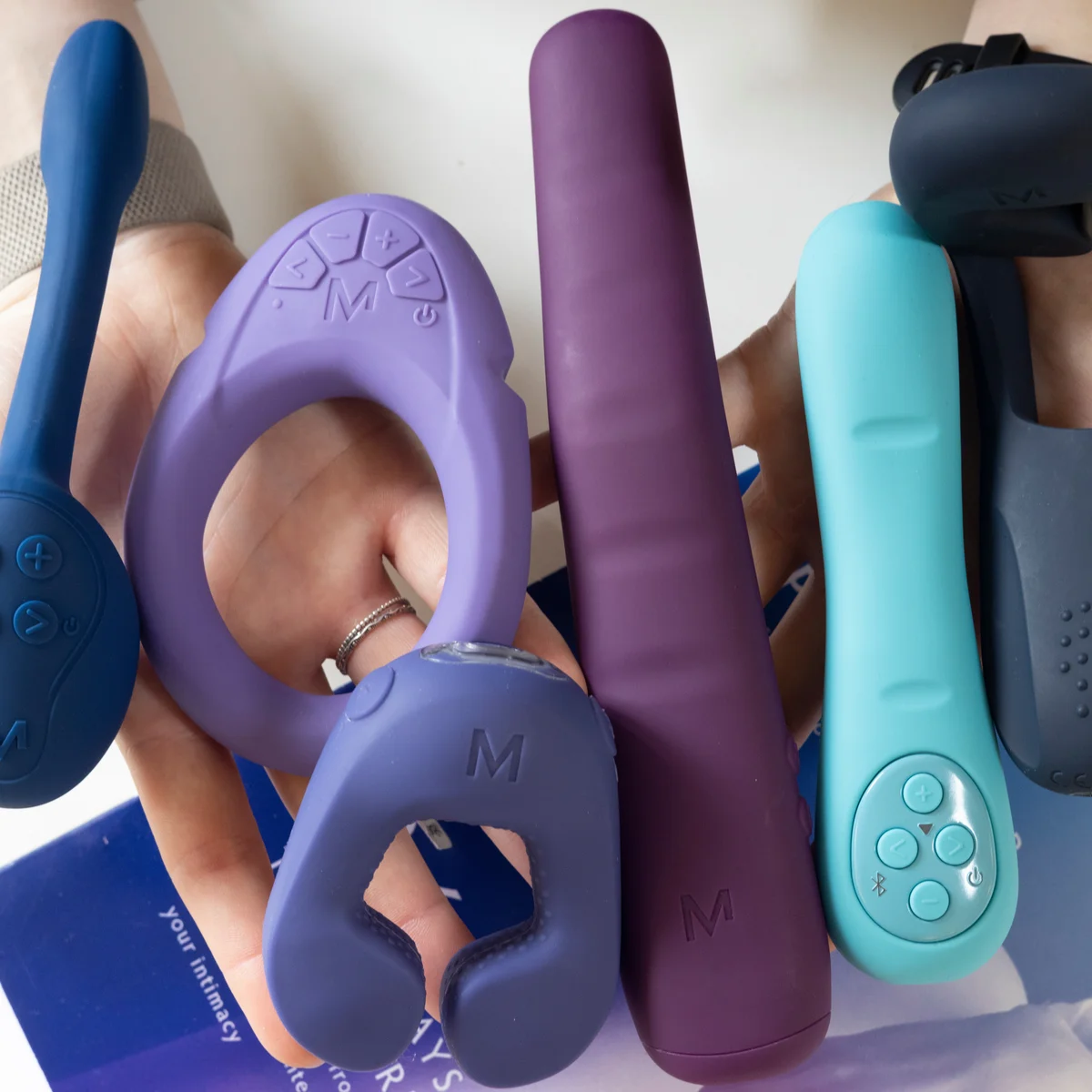Lipo 360- Weighing the pros and cons
Lipo 360 is a body contouring procedure popular among individuals seeking to reshape their midsection. This advanced liposuction technique aims to eliminate stubborn fat deposits from the abdomen, flanks, back, and hips, promising a more sculpted and harmonious silhouette. However, before embarking on this surgical journey, it is crucial to weigh the pros and cons of Lipo 360 to make an informed decision.
Pros of Lipo 360
Targeted fat removal
Lipo 360 targets stubborn fat pockets that often resist traditional weight loss methods. The procedure creates a more balanced and proportionate appearance by strategically removing fat cells from specific areas, such as love handles or a protruding belly. This targeted approach allows individuals to address their problem areas effectively, leading to a more contoured and aesthetically pleasing result.
Improved self-confidence
The significant benefits of Lipo 360 are its potential to boost self-confidence. Many individuals struggle with feeling self-conscious about their midsection despite maintaining a healthy lifestyle. Lipo 360 patients feel more comfortable and confident in their skin by eliminating excess fat and achieving a more sculpted physique. This renewed sense of self-assurance positively impacts various aspects of life, from personal relationships to professional endeavours.
Versatility and customization
lipo360 offers versatility and customization options to suit individual needs and preferences. The procedure can be tailored to address specific areas of concern, allowing the surgeon to focus on creating a personalized treatment plan. Whether a patient desires a more dramatic transformation or subtle refinements, Lipo 360 can be adapted to achieve the desired outcome. With this flexibility, each patient receives a customized approach that aligns with their unique goals and body type.
Surgical risks and complications
Lipo 360 carries inherent risks and potential complications, as with any surgical procedure. These may include infection, bleeding, fluid accumulation, numbness, asymmetry, and contour irregularities. While the likelihood of these complications is relatively low when a skilled and experienced surgeon performs the procedure, it is essential to be aware of the risks involved. Patients should carefully consider these potential drawbacks and discuss them thoroughly with their surgeon before proceeding.
Recovery and downtime
Lipo 360 requires a recovery period involving discomfort, swelling, and bruising. Patients typically need to take time off work and limit their activities in the initial weeks following the procedure. Wearing a compression garment is often necessary to support healing and minimize swelling. While most patients resume light activities within a week or two, it may take several weeks to fully recover and return to strenuous exercise. The recovery process can be inconvenient, requiring patience and careful adherence to post-operative instructions.
Cost considerations
Lipo 360, like many cosmetic procedures, is a financial investment. The cost of the procedure varies depending on factors such as the extent of treatment, the surgeon’s experience, and the geographic location. Patients should carefully consider the financial implications and ensure that they clearly understand the associated costs, including any additional expenses related to pre-operative tests, post-operative care, and potential touch-up procedures. It is essential to prioritize safety and quality over price when selecting a surgeon and surgical facility.
Lipo 360 offers several compelling benefits, including targeted fat removal, improved self-confidence, and customization options. However, it is equally important to consider the potential drawbacks, such as surgical risks, recovery time, and cost implications. By carefully weighing the pros and cons and making an informed decision based on individual circumstances, patients maximize the benefits of Lipo 360 while minimizing the potential downsides.
.


















